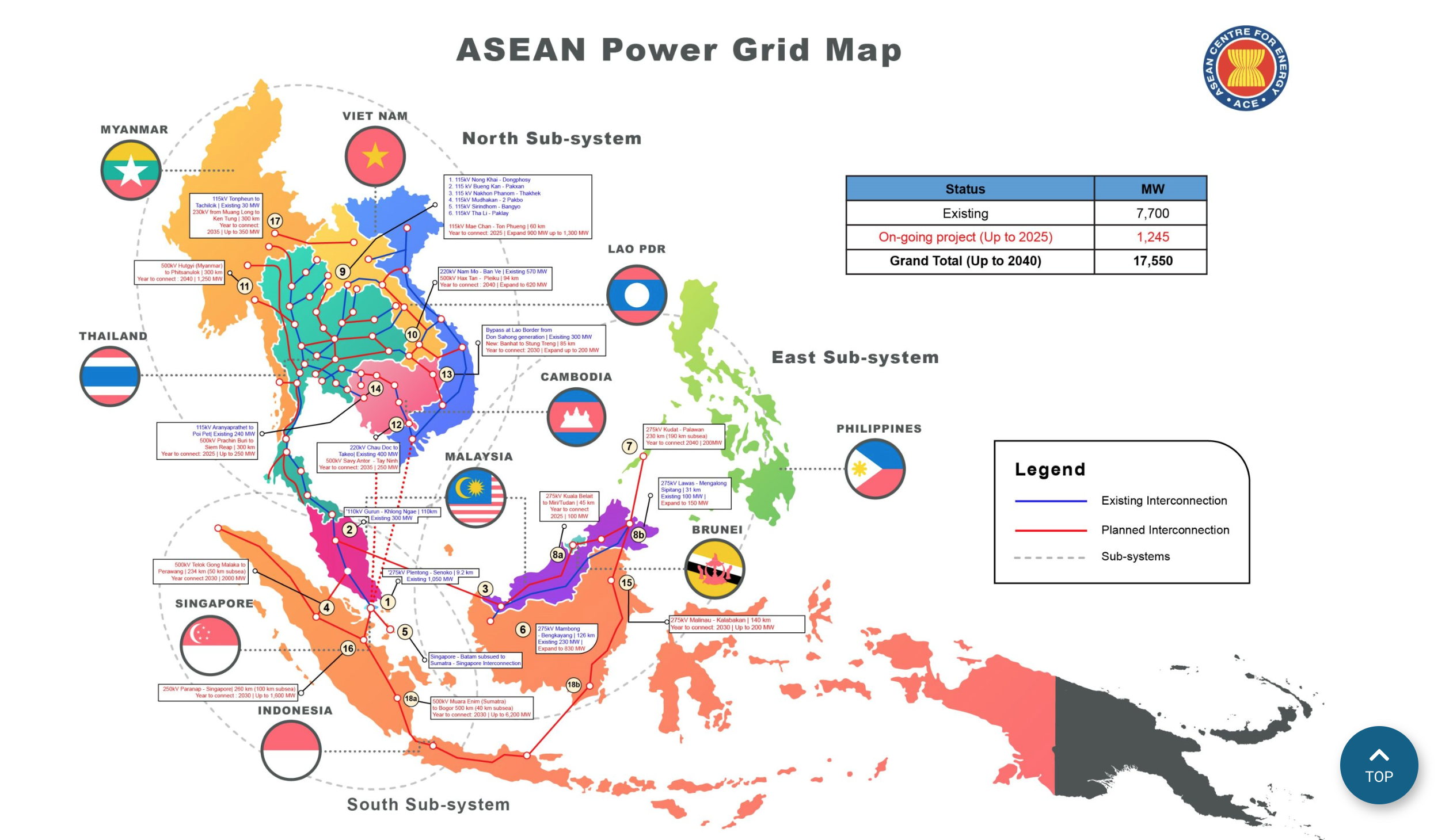Support CleanTechnica’s work through a Substack subscription or on Stripe.
Sets the stage for ASEAN Chairmanship in 2026
SINGAPORE — As the curtain closed on Singapore International Energy Week (SIEW) 2025, a clear message resonated from the Philippine delegation: the archipelago is not just participating in the global energy transition, but actively positioning itself as a leader, particularly with its upcoming ASEAN Chairmanship in 2026.
Department of Energy (DOE) Secretary Sharon S. Garin spearheaded the Philippine team, articulating a vision for a resilient, interconnected, and people-centered energy future that promises significant benefits for both the Philippines and the broader ASEAN region.
Garin’s remarks, delivered to a global audience of energy policymakers, investors, and innovators at SIEW, underscored the Philippines’ strategic intent to leverage its natural renewable energy endowments and robust policy frameworks to drive regional energy security and sustainability. Her participation was a powerful preview of the themes likely to dominate the ASEAN energy agenda under Philippine leadership.
Catalyzing the ASEAN Power Grid
A cornerstone of Garin’s message mirrors Philippine President Ferdinand Marcos Jr.’s directions for renewable energy and his staunch support for the Enhanced ASEAN Power Grid (APG). Earlier, a renewed Memorandum of Understanding among ASEAN countries resurfaced. The original APG developed in 2022. The APG has been seen as key to energy security and affordable (and lately, renewable) energy. The MOU realized the urgency to decarbonize among Southeast Asian countries and to establish a cross-border grid, especially after the World Bank report on wind power. The APG’s goal is to improve access to renewable energy resources, eventually to replace fossil-fuel power.
She didn’t just endorse the concept; she unveiled a concrete step towards its realization: the exploration of a bilateral power interconnection with Malaysia. This potential link marks a pivotal moment, as it would represent the Philippines’ first physical connection to the long-envisioned regional grid.
“We would like to explore the possibility of connecting the Philippines to Malaysia, and in doing so, to the rest of the region,” Garin stated, emphasizing that “this will take technical, financial, legal, and policy groundwork, but the building blocks are already being laid.” This is what he told the participants at one of the energy breakout sessions at SIEW.

For the Philippines, this connection is more than just infrastructure; it’s a direct pathway to enhanced energy security, diversification of supply, and increased grid stability. For ASEAN, it signifies a critical step towards a truly integrated energy market, fostering greater energy resilience and facilitating the larger-scale deployment of renewable energy across member states. This initiative will undoubtedly be a priority during the Philippine chairmanship.
More green investment in renewable energy potential
Garin confidently presented the Philippines as a burgeoning hub for green investment. She highlighted the nation’s ranking as the world’s second most attractive market for renewable energy, a testament to proactive policy reforms and a favorable regulatory environment. The success of the Green Energy Auction Program (GEAP), which has awarded significant renewable energy contracts, including ambitious offshore wind projects, was a key talking point.
“The vision of an interconnected ASEAN energy system stands not merely as a longstanding aspiration but as a strategic enabler for the next phase of our collective energy transition,” Garin told CleanTechnica on the sidelines of the event, adding that, “connecting regional integration directly to the proliferation of clean energy.”
This focus on attracting and facilitating renewable energy investments will be crucial for accelerating the energy transition across the region, providing a blueprint for other member states.
A people-centered approach to energy security
Beyond large-scale projects, the energy secretary showcased the Philippines’ innovative approach to energy resilience, particularly relevant for a nation frequently impacted by climate change. She detailed the deployment of Mobile Energy Systems (MES) in typhoon-prone and off-grid provinces, ensuring continuous power supply during disasters. This “people-centered approach” positions the Philippines as a leader in climate adaptation within the energy sector, offering valuable lessons for fellow ASEAN nations facing similar vulnerabilities.
“To unlock the full potential of regional interconnection, cooperation must go beyond building physical links,” Garin asserted. “We must align our national policies to ensure systems can operate seamlessly across borders. Harmonized technical standards, compatible market mechanisms, clear investment frameworks, and stable cross-border governance form the foundation of our collective progress.”
Setting a unified green front for 2026
As the Philippines looks towards its ASEAN Chairmanship in 2026, Secretary Garin’s engagements at SIEW 2025 provided a clear outline of the priorities that will likely define its leadership. The emphasis on regional energy integration, the acceleration of renewable energy deployment, and the establishment of robust, resilient energy systems will form the bedrock of its agenda.
The discussions around nuclear energy programs and the proactive development of a carbon credit policy framework, including an Implementation Agreement on Transition Credits with Singapore, further illustrate the Philippines’ comprehensive strategy towards a low-carbon future. These initiatives, when scaled regionally, offer significant opportunities for ASEAN to collectively achieve its climate goals.
“Our task is not to choose between energy security and transition, but to achieve both together. The ASEAN Power Grid remains our most vital instrument to realize this dual objective,” Garin concluded.
With its forward-thinking policies, ambitious renewable energy targets, and a clear vision for regional cooperation, the Philippines under Secretary Garin’s guidance is not just preparing for the future; it is actively shaping it, promising a dynamic and impactful ASEAN Chairmanship in 2026 that will drive the region towards a cleaner, more secure, and interconnected energy landscape.
Sign up for CleanTechnica’s Weekly Substack for Zach and Scott’s in-depth analyses and high level summaries, sign up for our daily newsletter, and follow us on Google News!
Have a tip for CleanTechnica? Want to advertise? Want to suggest a guest for our CleanTech Talk podcast? Contact us here.
Sign up for our daily newsletter for 15 new cleantech stories a day. Or sign up for our weekly one on top stories of the week if daily is too frequent.
CleanTechnica uses affiliate links. See our policy here.
CleanTechnica’s Comment Policy




